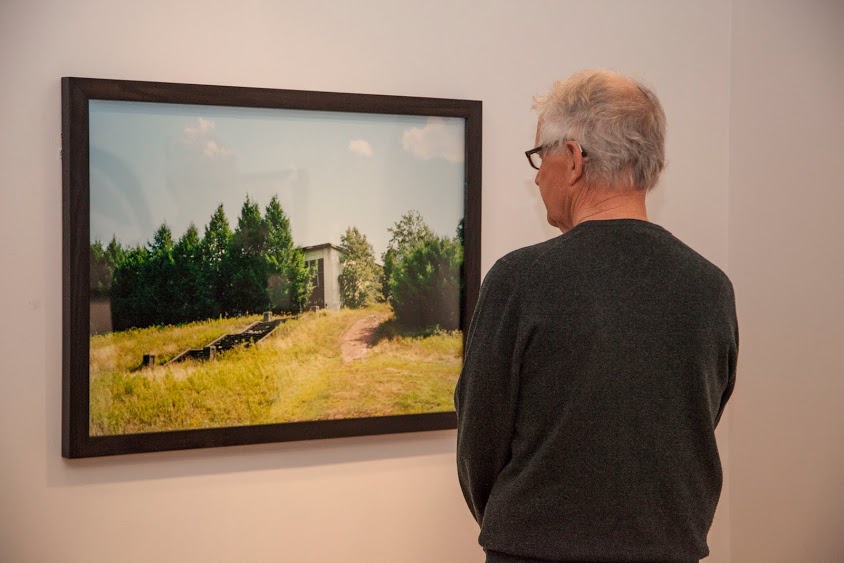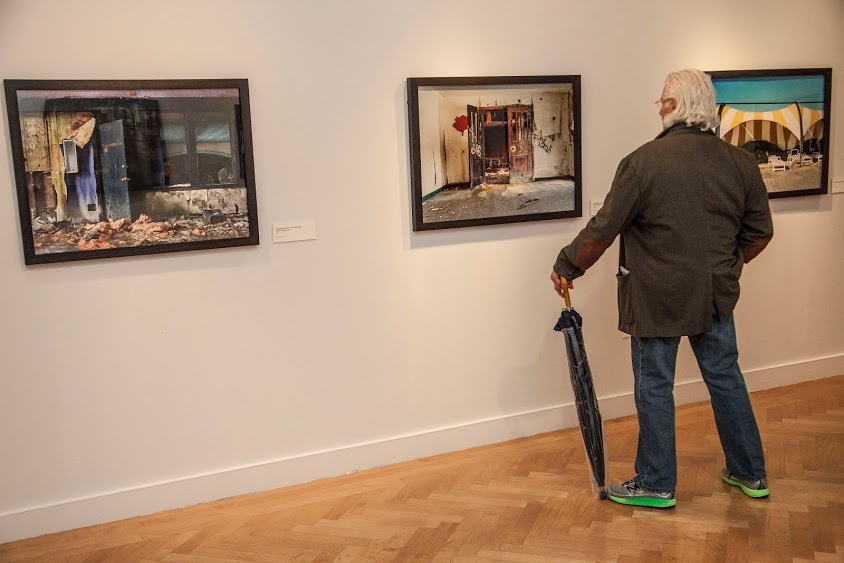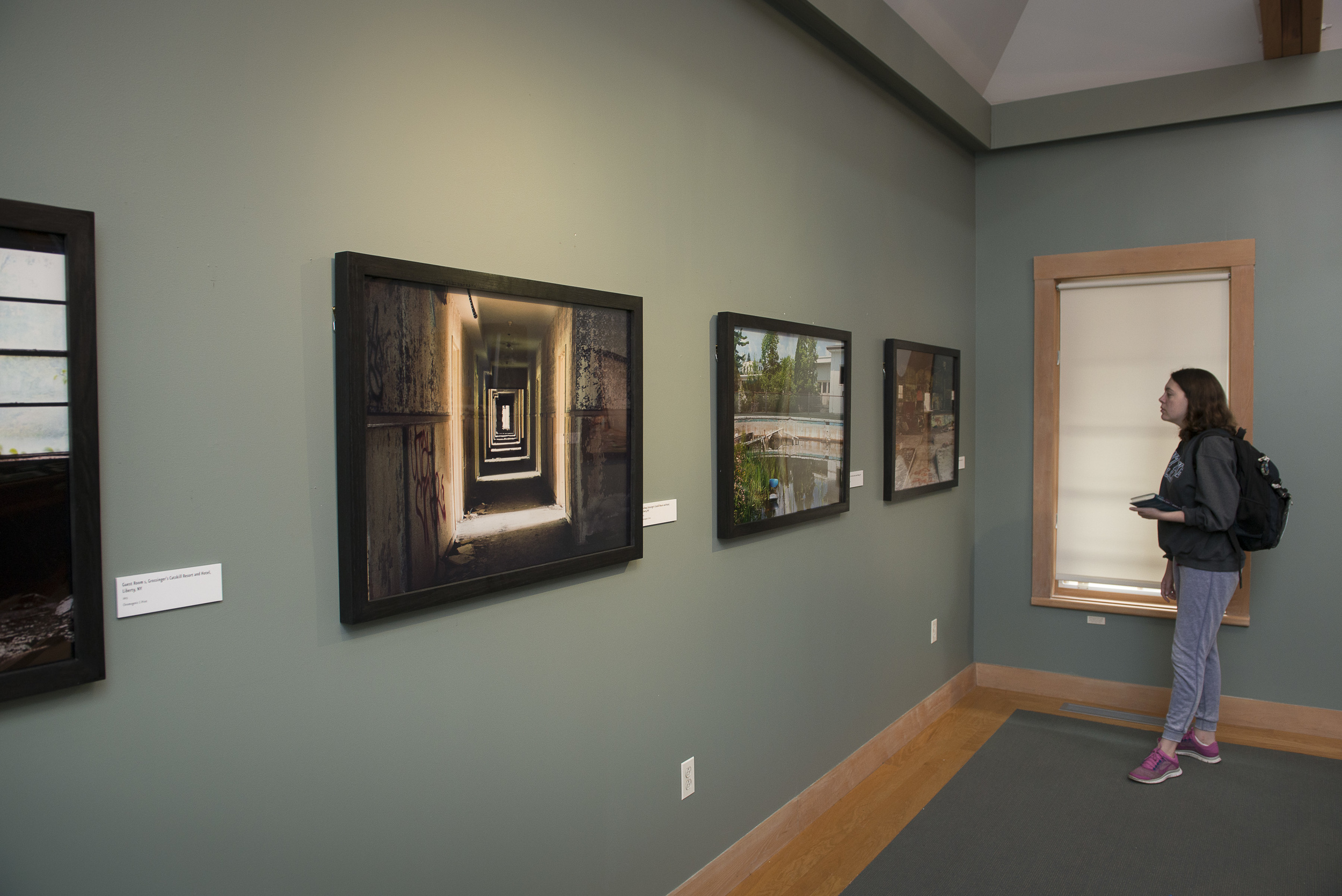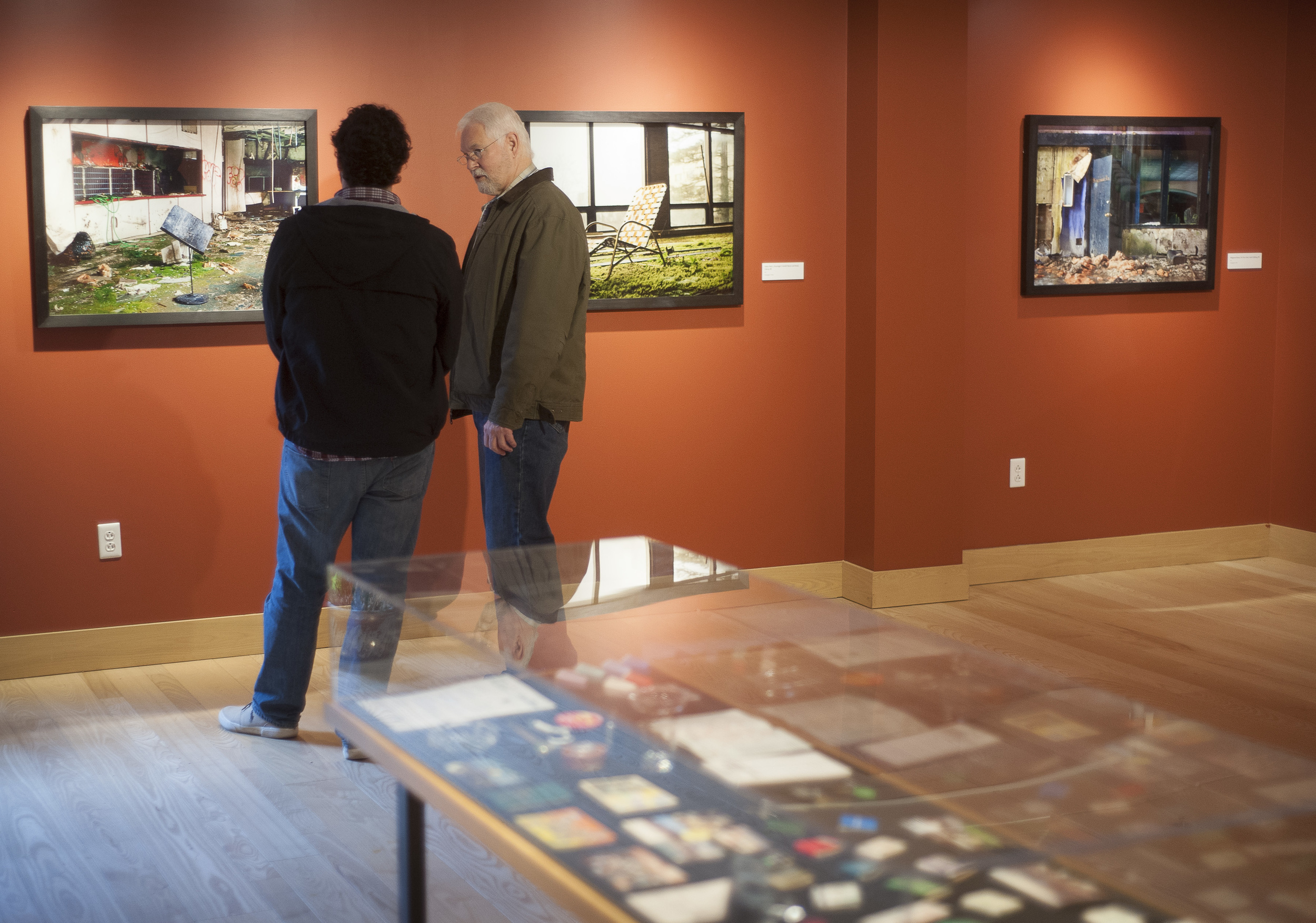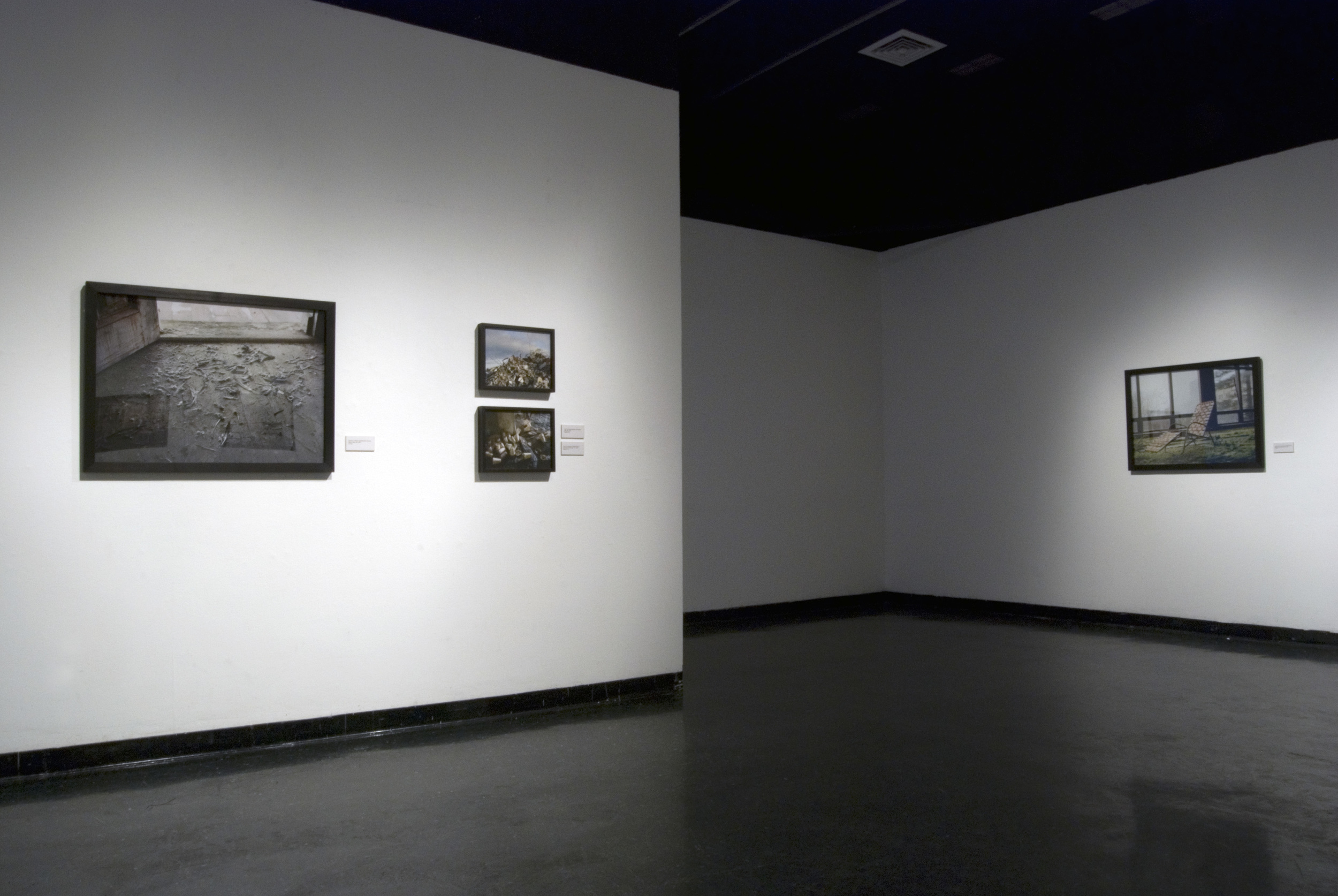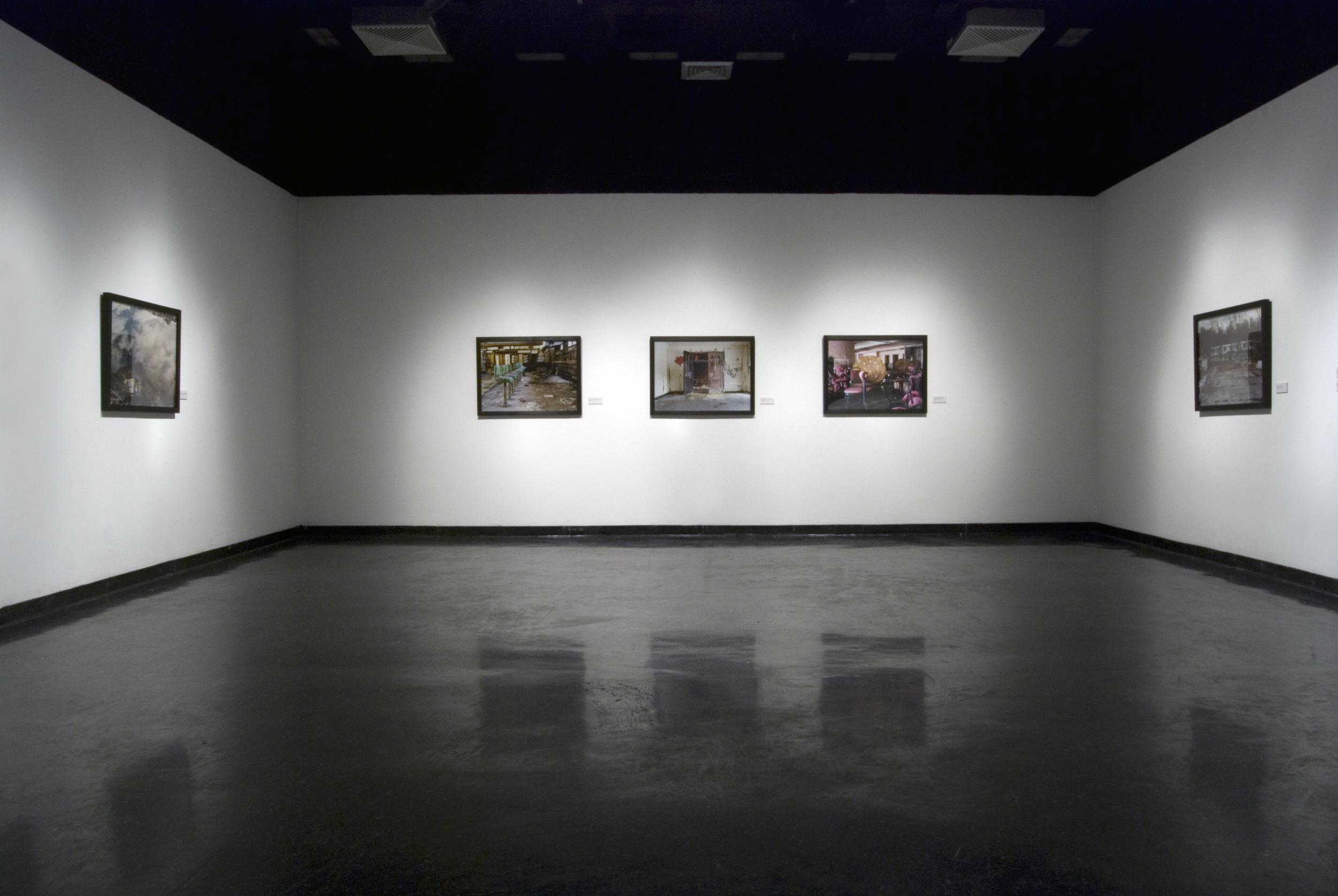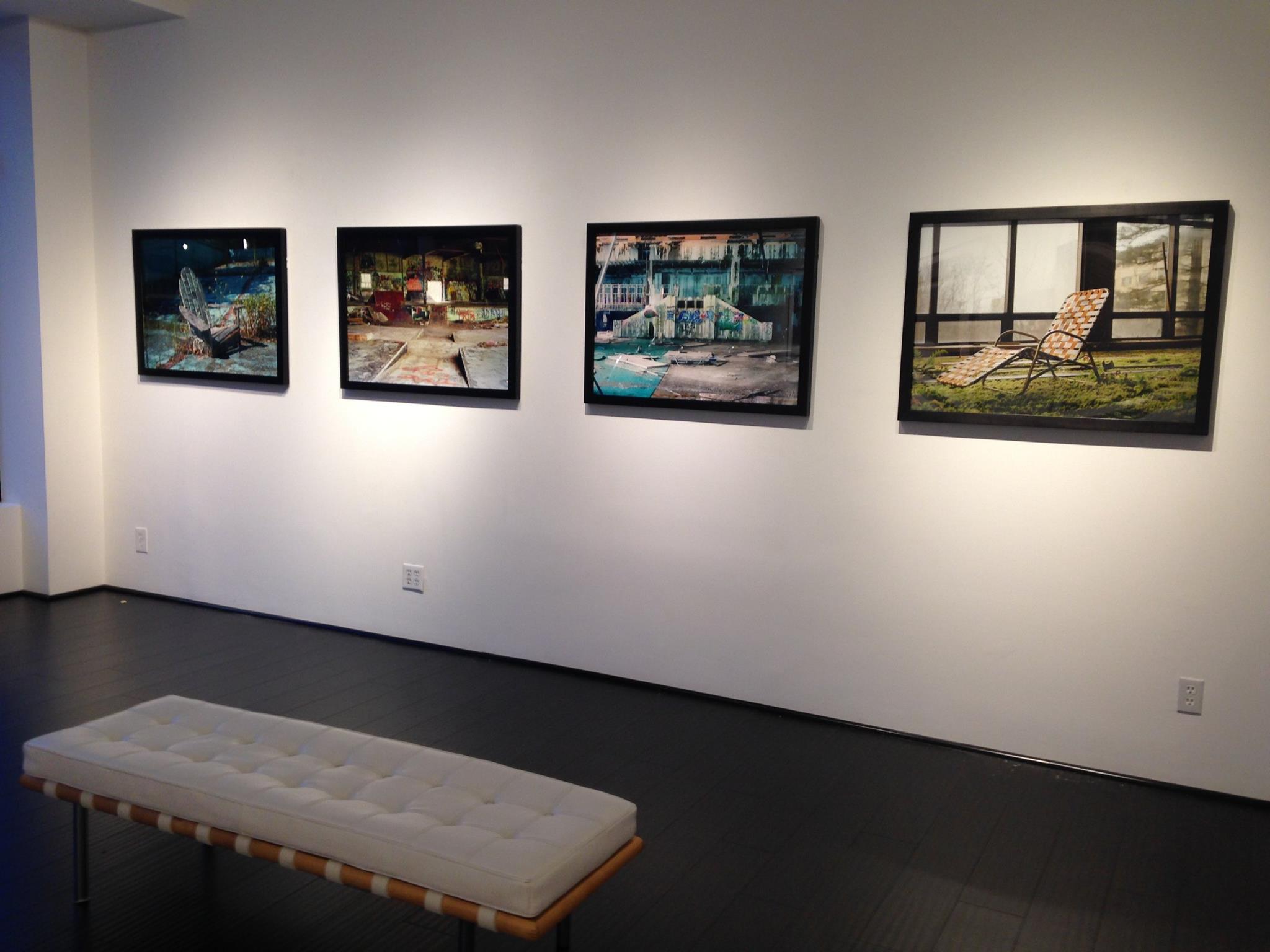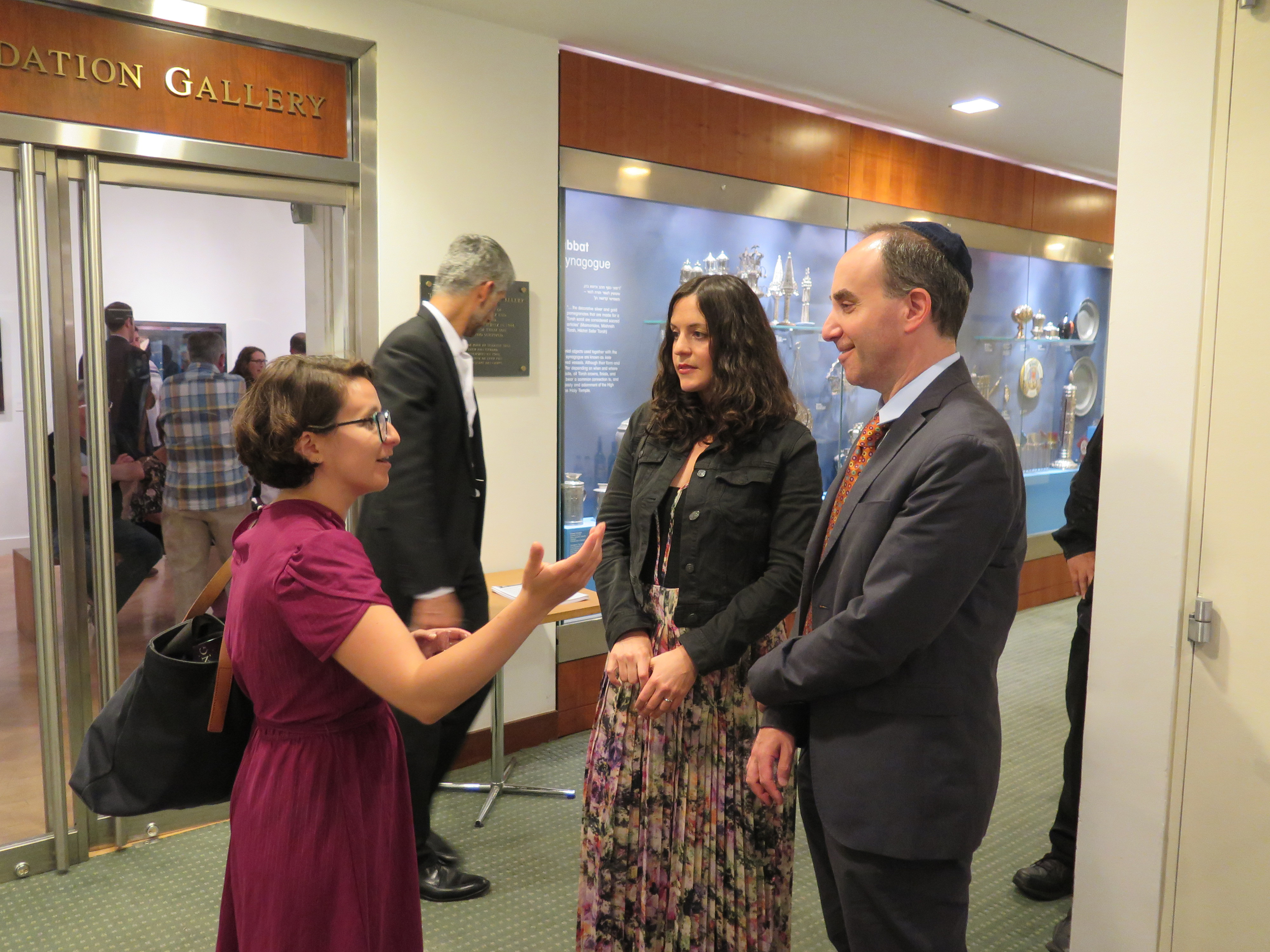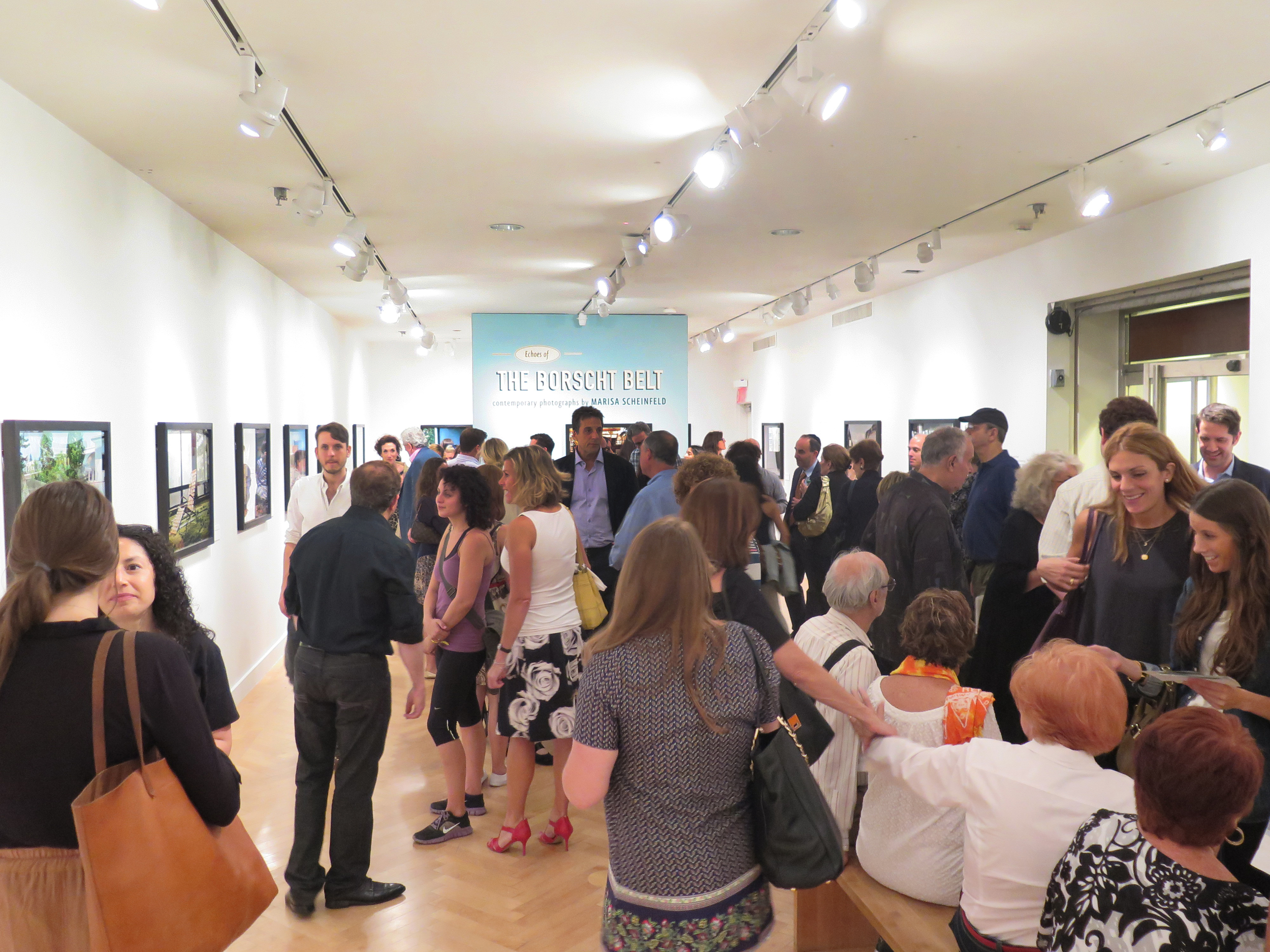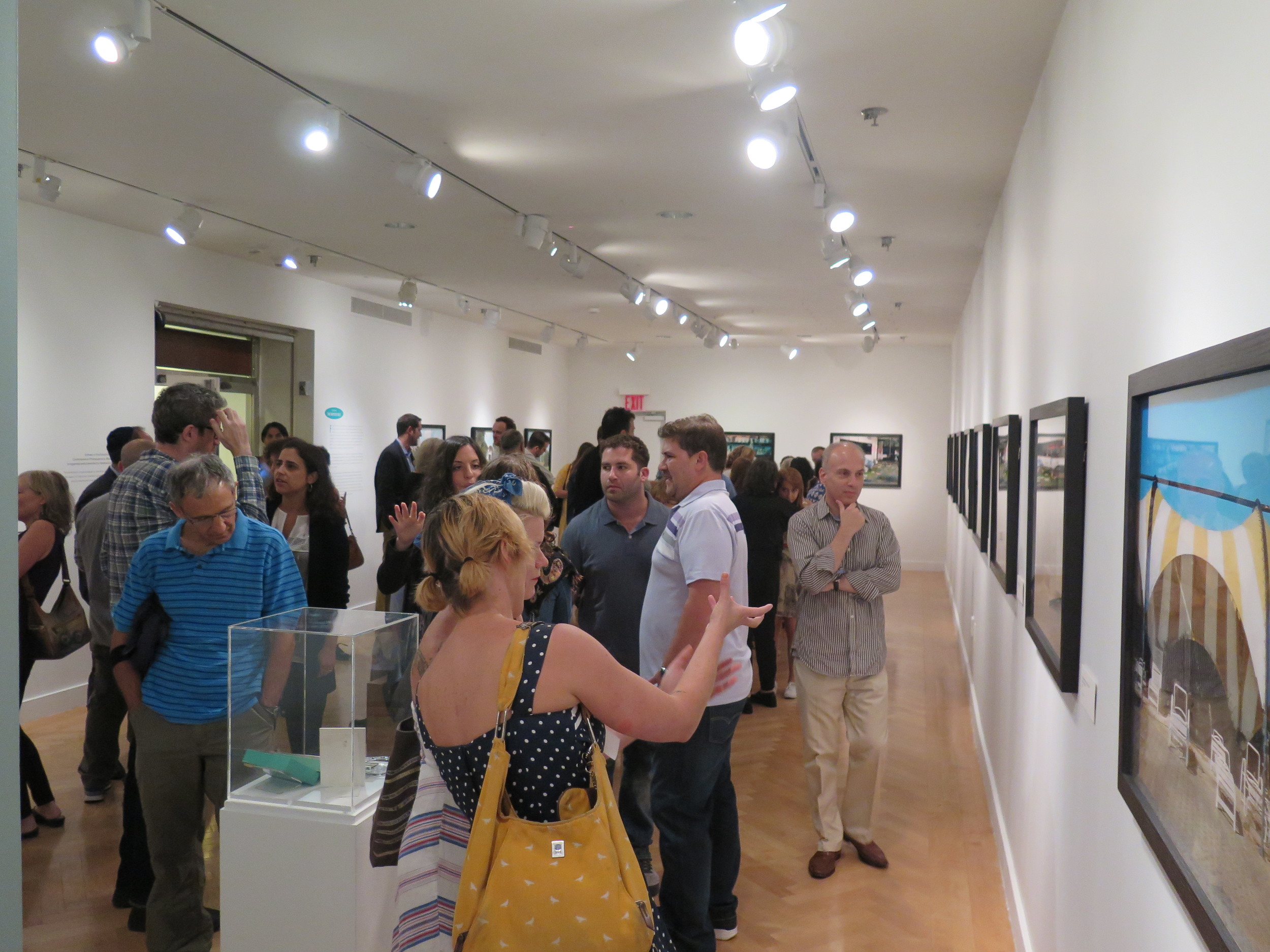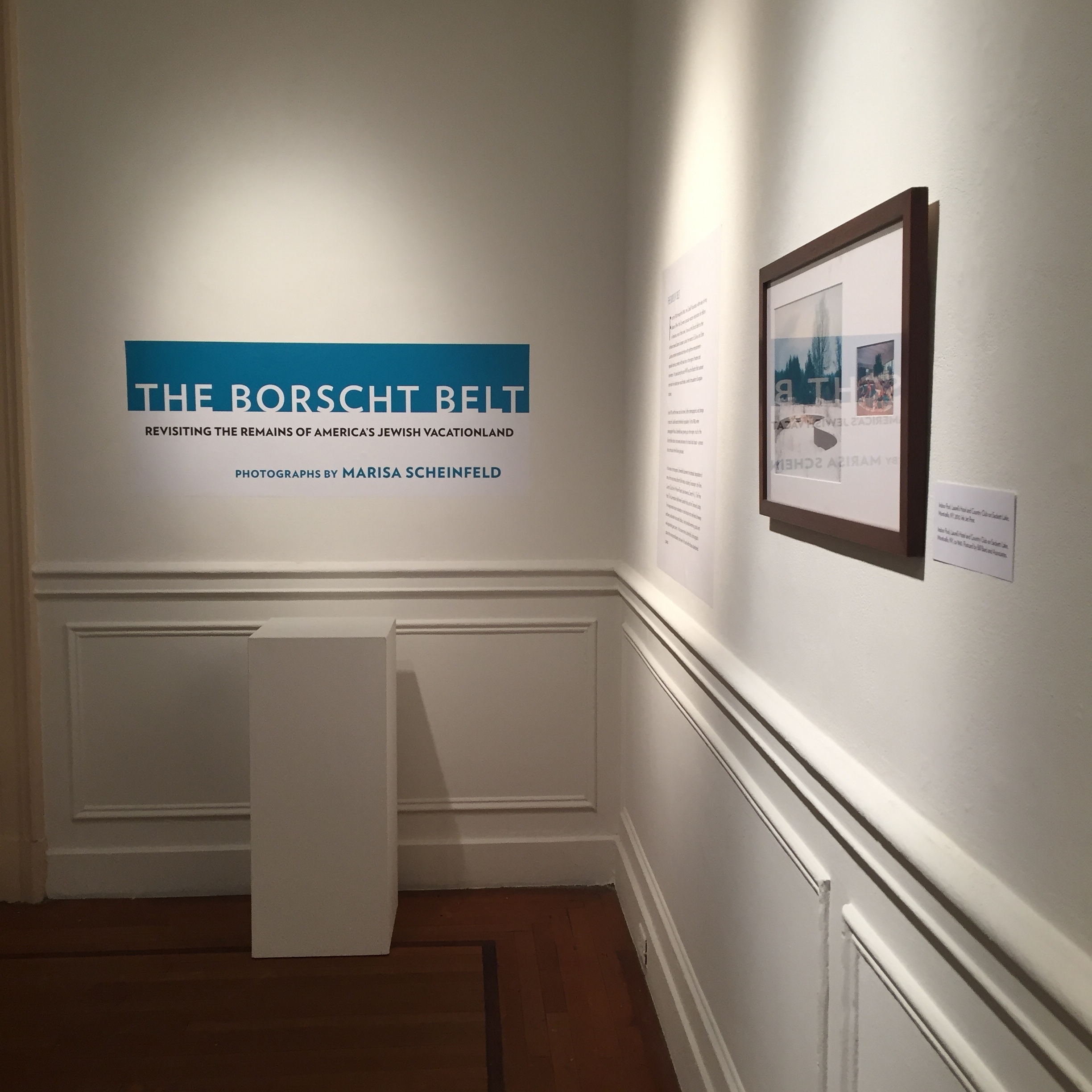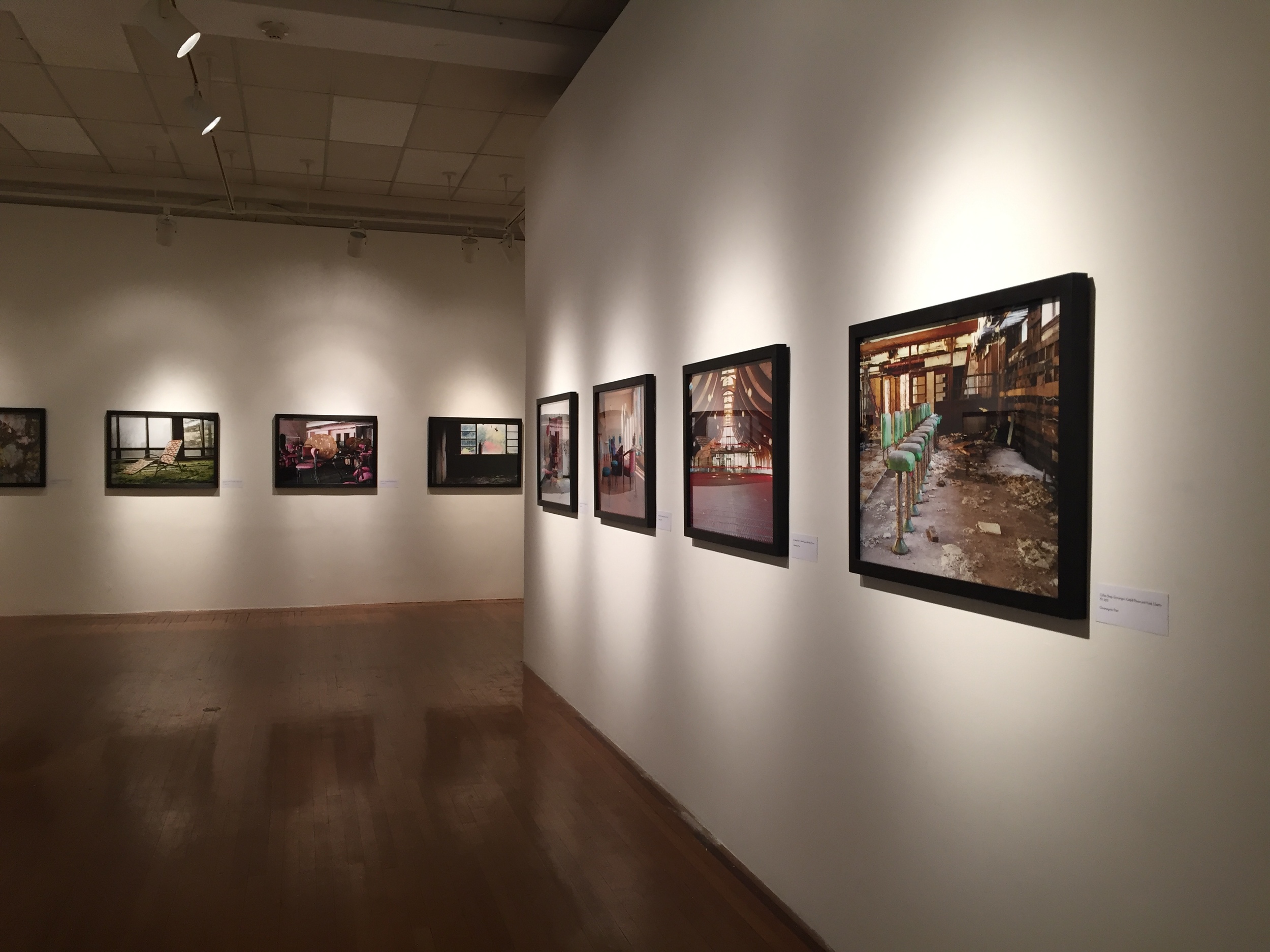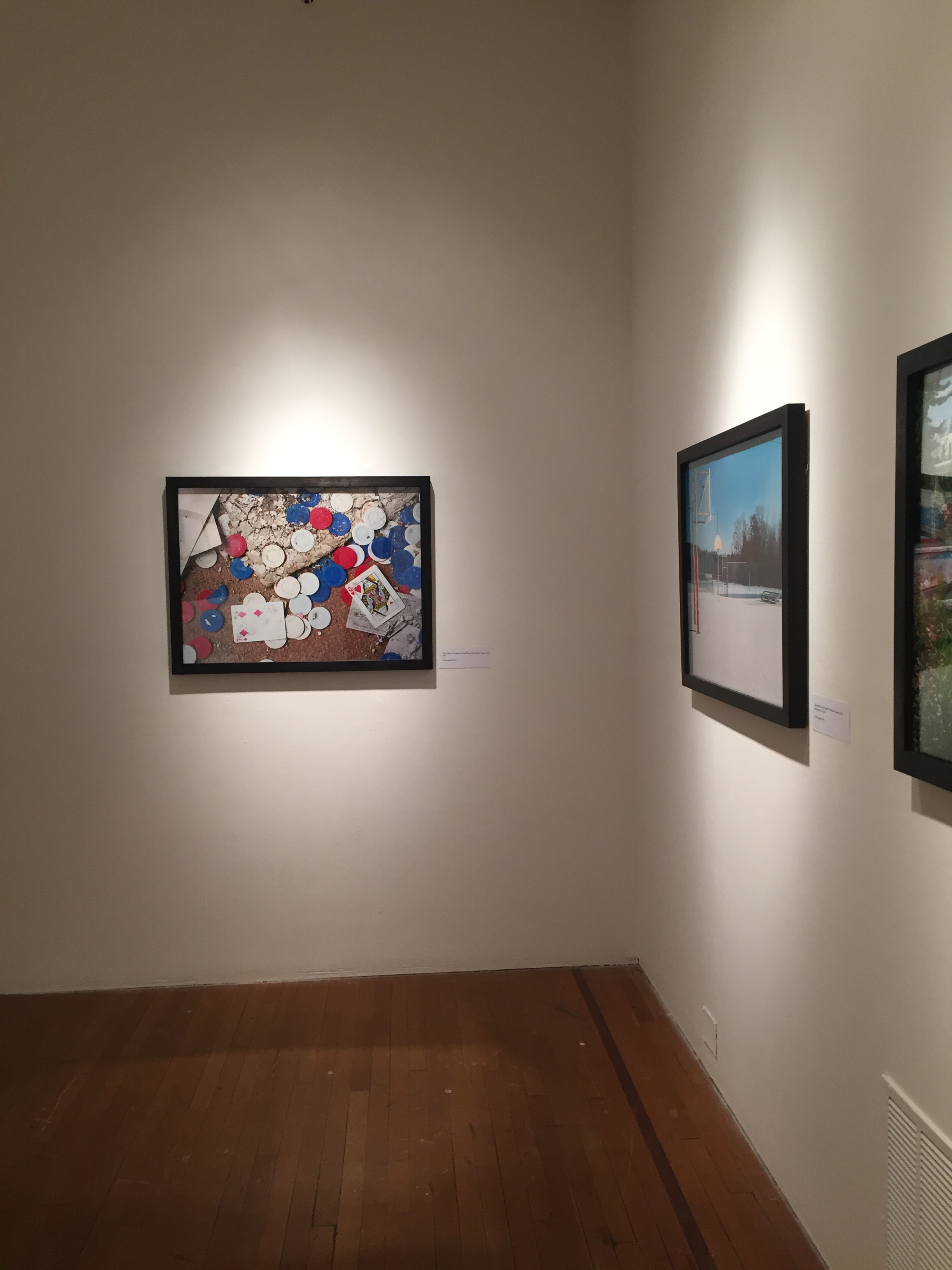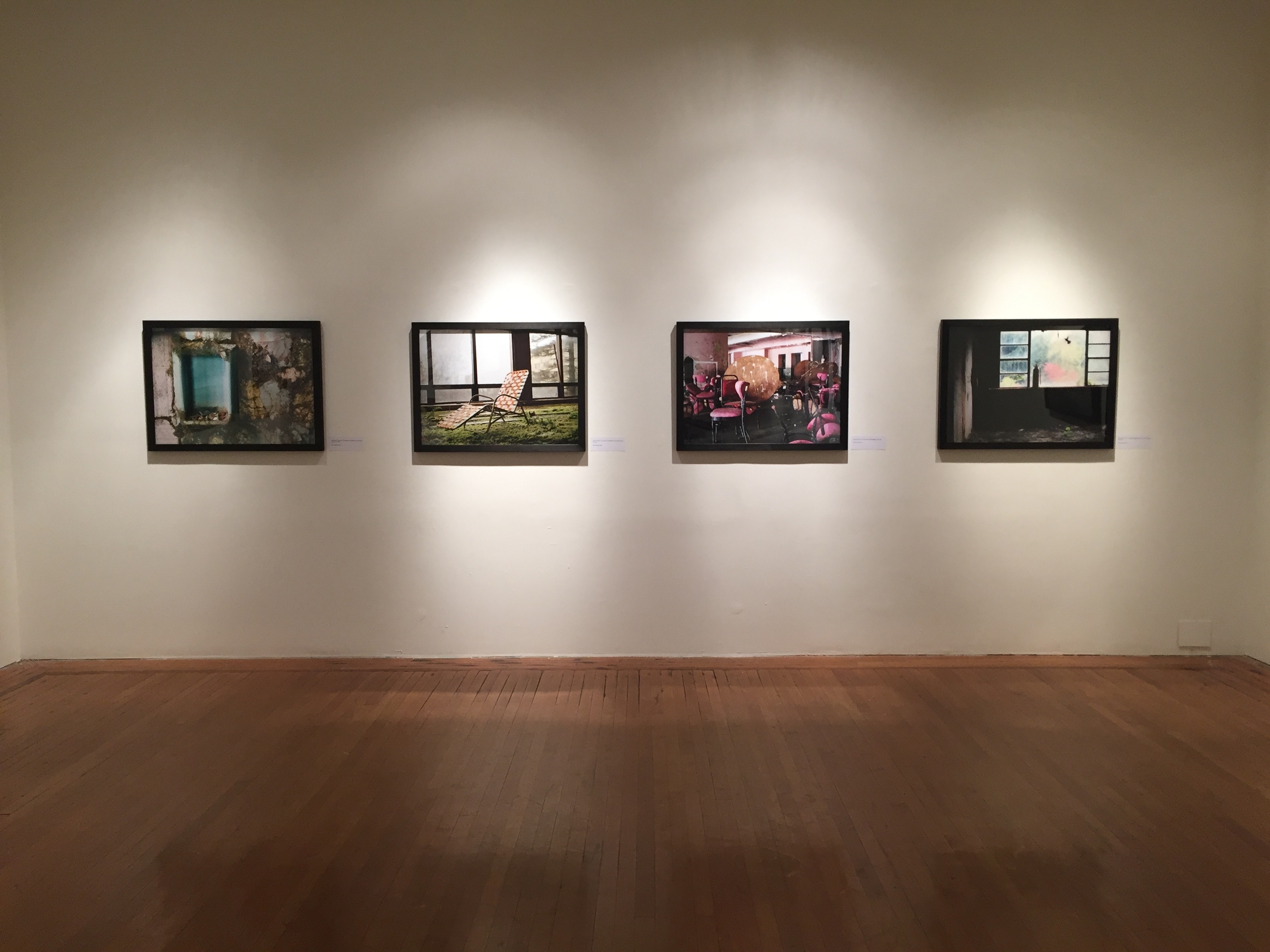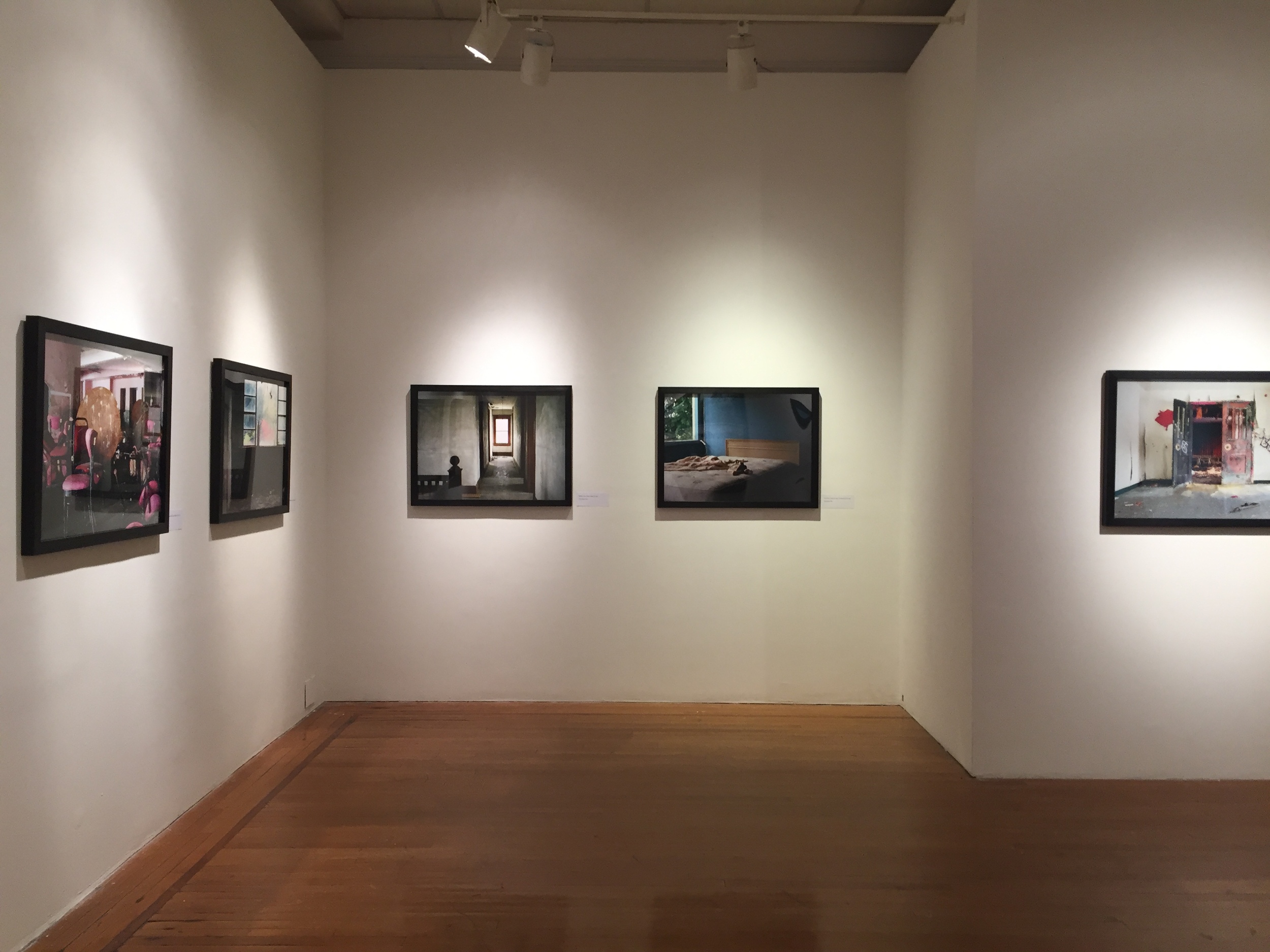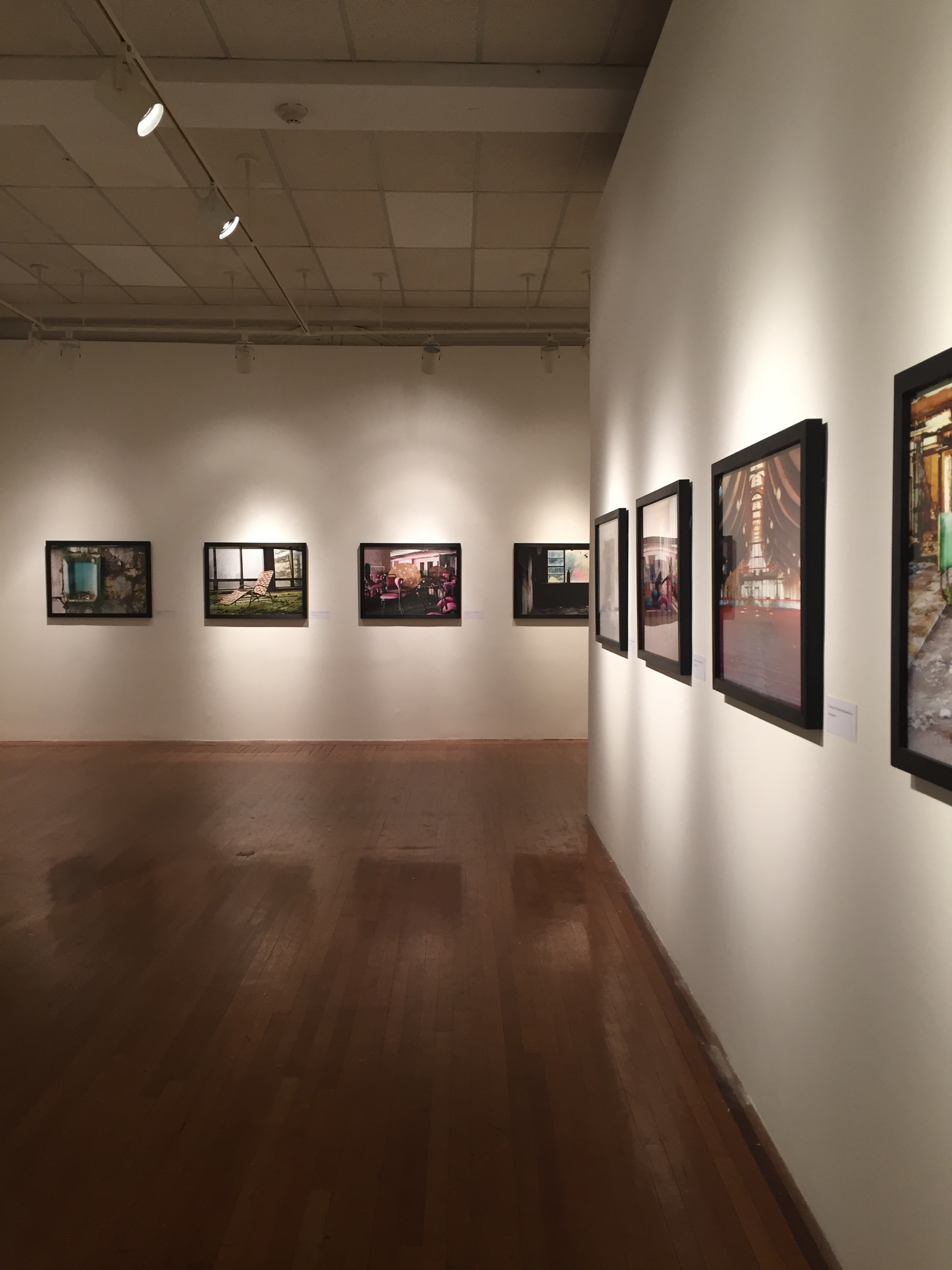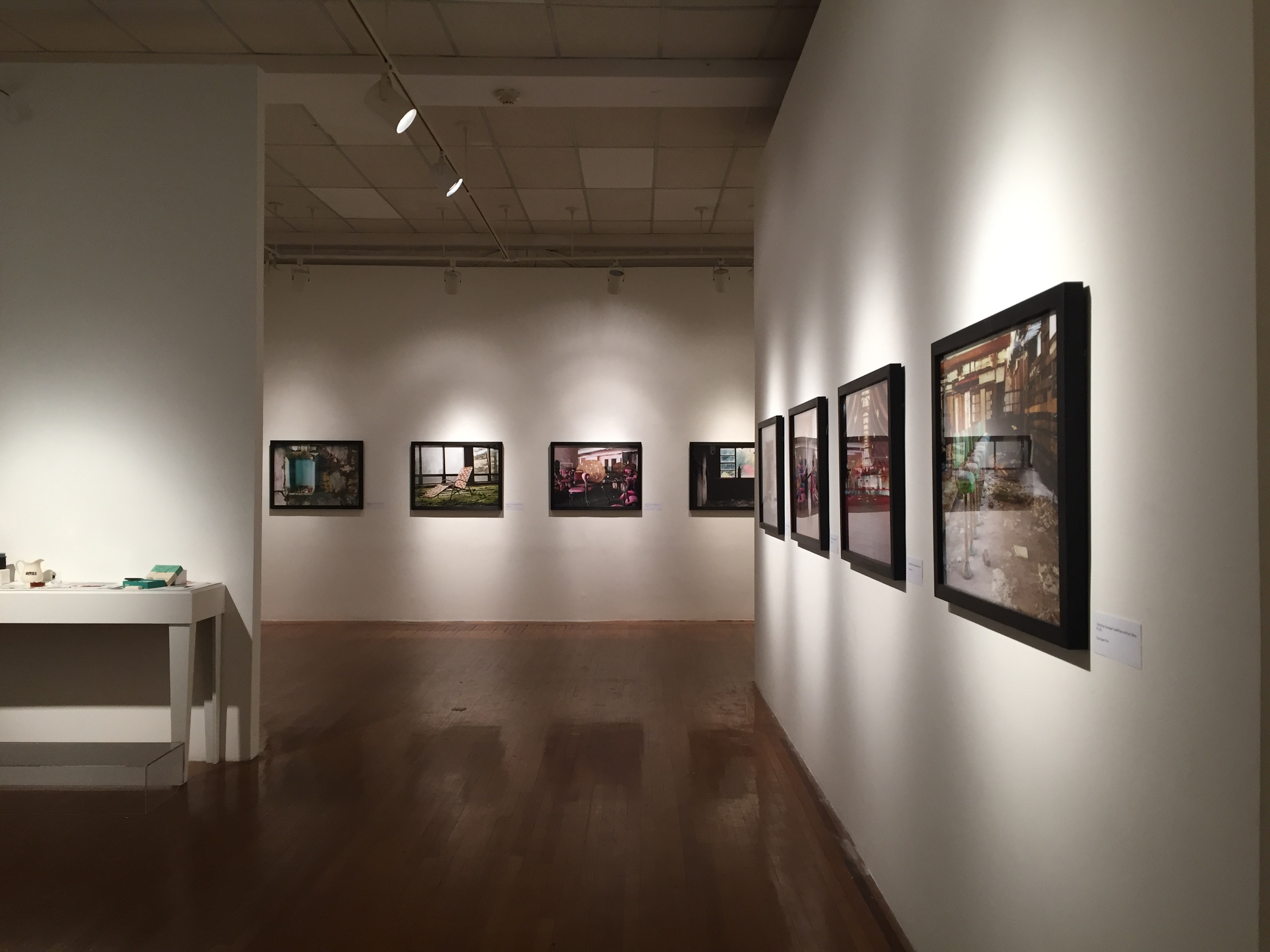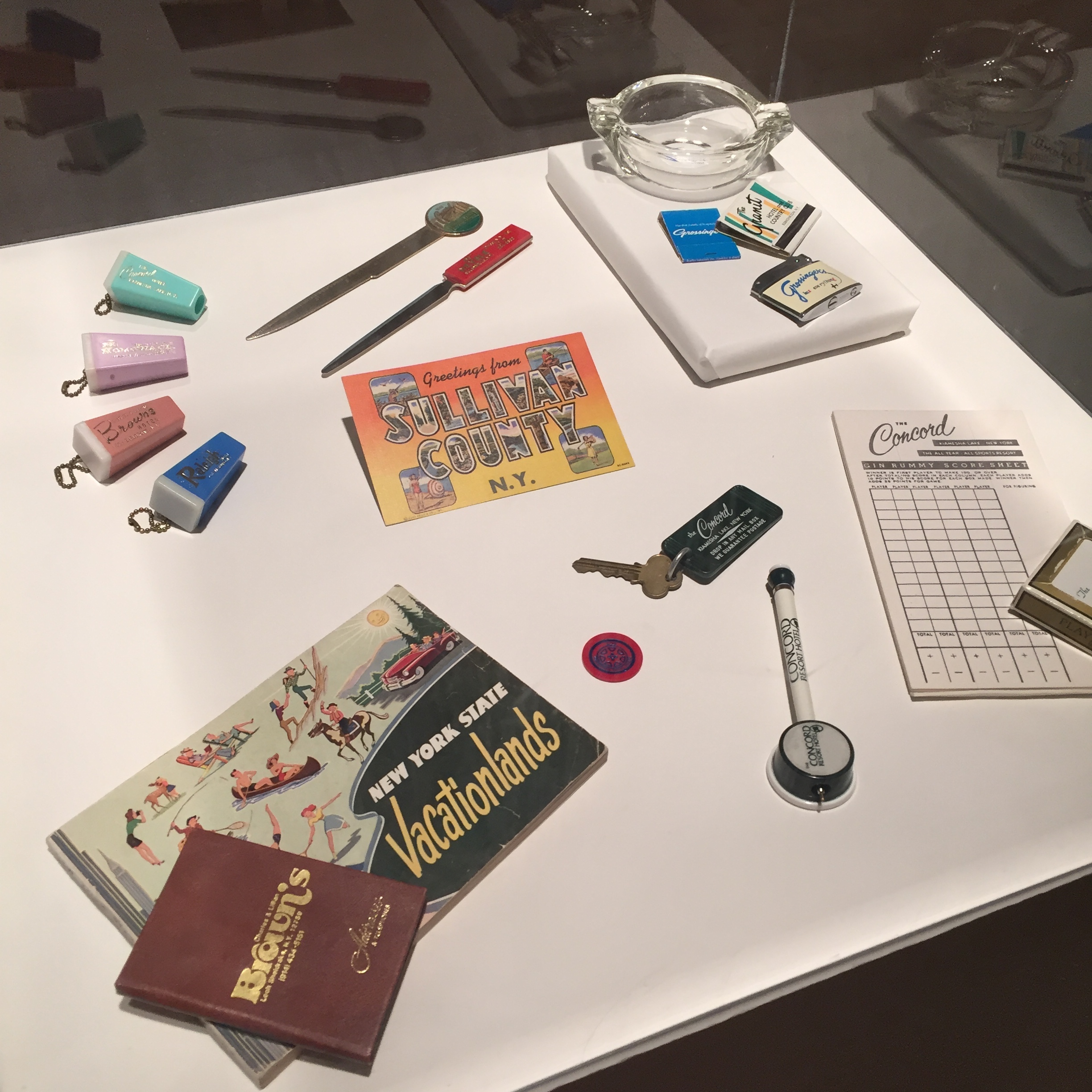TRAVELING EXHIBITION
Curated by Yeshiva University Museum and Marisa Scheinfeld, The Borscht Belt: Revisiting the Remains of America's Jewish Vacationland is available as a traveling exhibition.
This photography-based exhibition captures absence, loss and change within the broader American Jewish community evoking discussion about the process of time and change on the built environment. Comprised of large color photographs, the images depict the physical spaces of Borscht Belt locales. The series encompasses hotel and bungalow colony exteriors and interiors, including both public and private spaces. Architectural in their nature, the photographs uncover both relic and ruin revealing the now entropic and ghostlike remains of the former resort region.
The exhibition is ready to install and exists of thirty-two (25” x 35” in size) custom framed images including a selection of rephotographic (now and then) diptych pieces and a large selection of Borscht Belt ephemera for display in a case. Ephemera items consist of various 2-D and 3-D objects from the author/artist's own collection and include items such as postcards, brochures, menus, original photographs, ashtrays, photo viewers, pens, clothing items, and even soap.
The exhibition is accompanied by three main text panels, docent materials and programming options. Overall, the exhibition can be easily tailored to each venue's vision, size constraints, along with the curator or director's selection.
If you are affiliated with a museum or gallery interested to host this traveling exhibition, please reach out to Marisa directly for the traveling exhibition's catalogue. She can be reached via the Contact page of this website.
Additional information can be found on the Council of Amercian Jewish Museum's traveling exhibitions page.
EXHIBITIONS:
2025: Great Green Hope for the Urban Blues: Art and Myths of the Hudson Valley (group exhibition, Loeb Art Gallery, Vassar College, Poughkeepsie
2024: Holocaust Memorial Resource & Education Center of Florida, Maitland, FL
2019: Westchester Community College, Valhalla, NY
2018: Madron Gallery, Chicago
2017: Gershman Y, Philadelphia, PA
2016: Kenise Barnes Fine Art, Larchmont, NY
2016: Arts Westchester, White Plains, NY
2016: National Yiddish Book Center, Amherst, MA
2015: The Center for Jewish History, NY, NY
2015: 92Y, NY, NY
2015: The Lower East Side Jewish Conservancy, NY, NY
2015: Sid Jacobson JCC, Greenvale, NY
2015: Midwest Center for Photography, Wichita, KS
2015: The London Jewish Museum of Art, London, UK
2014: PhotoWorks, Glen Echo Park, MD
2013: Athenaeum Music and Arts Library, La Jolla, CA
LECTURES + PANELS
The New York Public Library, New York, NY
The Center for Jewish History, New York, NY
The Tenement Museum, New York, NY
Rizzoli Bookstore, New York, NY
Museum at Eldridge Street, New York, NY
Baruch College, CUNY, New York, NY
Skirball Center, New York, NY
Tribeca Synagogue for the Arts, New York, NY
92Y, New York, NY
JCC Manhattan, New York, NY
Dorsky Museum of Art, SUNY New Paltz, New Paltz, NY
The Archaeological Society of America, Scarsdale, NY
SUNY Stonybrook, Stonybrook, NY
SUNY Albany, Albany, NY
Catskill Center, Mt. Tremper, NY
The Museum of Play, Rochester, NY
National Building Museum, Washington, DC
The National Yiddish Book Center, Amherst, MA
Jewish Museum of Florida, Miami, FL
Jewish Museum of Maryland, Baltimore, MD
Medium Festival of Photography, San Diego, CA
Athenaeum Music and Arts Library, La Jolla, CA
Critical Studies of Community, Graduate Student Research Symposium, San Diego, CA
Society for Photographic Education, Western Regional Conference, San Diego, CA
EXHIBITION REVIEWS
"These photographs portray an almost casual apocalypse. These images are affectionate without being nostalgic. The wreckage they show is almost lush with new growth. And while they really can’t compete with history’s vast iconography of ruin, their effect is unusual: The landscape of abandonment still retains signs of vitality — and we’re aware of the remarkable impact that this vitality had on American popular culture." - Edward Rothstein for The New York Times
"Her exhibit takes us claustrophobically close to the skeletal remains of the Catskills’ golden age. The show is haunted by the detritus of what once was: the missing people, the abandoned activities, the desolate places that at one time buzzed with life. Hallways are bruised and broken, strewn with crumbling plaster and fallen insulation. Wires hang from ceilings, graffiti covers the walls, moss grows over floors and up stairs. In a guestroom at the Tamarack Lodge, a pale pink rotary phone sits on a bare mattress, the receiver off the hook. And yet Scheinfeld’s photography shows that these broken hotels are very much alive." - Abigail Jones for Newsweek
"The iconic hotels of the Catskills today are not what they used to be. Places like Grossinger’s and the Pines Hotel, which haven’t operated in years, have literally decayed since their 1960s and 1970s heyday—and one photographer has the haunting photos that show the extent of the physical erosion of these institutions of 20th-century American Jewish culture. Marisa Scheinfeld, a photographer raised in Sullivan County, N.Y., returned to the Catskills to explore what remained of the iconic hotels and resorts, finding veritable ruins where once-great establishments once stood." - Stephanie Butnick for Tablet Magazine
INSTALLATIONS



